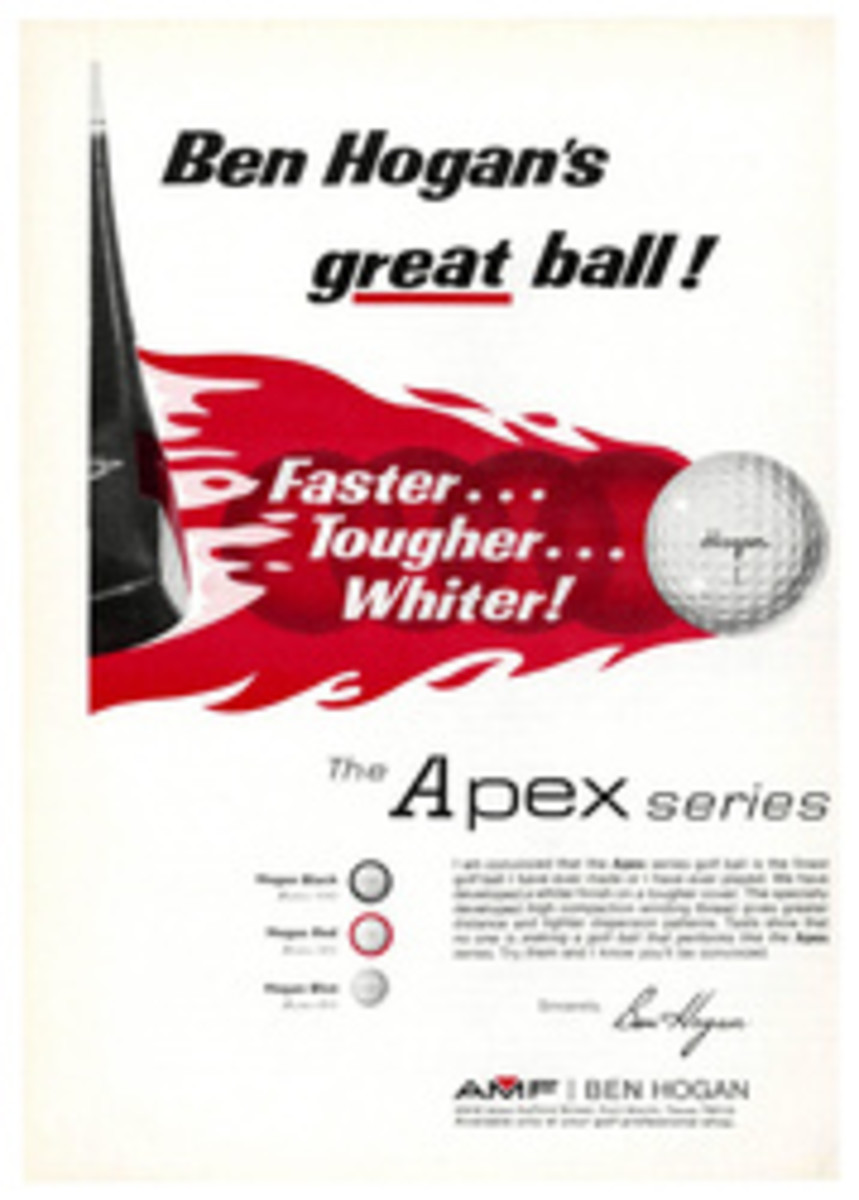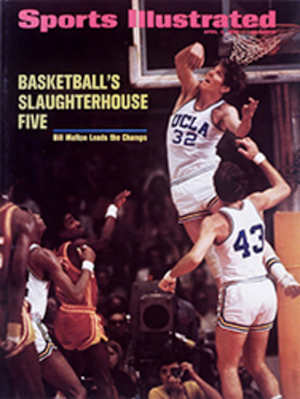
'Tacklebox Library' gives the fisherman everything he needs except rod and reel
In 40 years of angling for various freshwater fish, from nesting sunnies to Atlantic salmon, I have committed virtually every sin open to fishermen. I have discovered, after a two-mile hike to poach a remote stretch of the lower Neversink, that I have forgotten my reel; I have intemperately stepped on a dimly visible boulder in the Roaring Fork near Aspen and plunged neck deep into the flood; I have cast a dry fly against the wind on the Willowemoc and had it blow back and hook my eyelid; I once fished nonchalantly close to a moose along the Snake River and wound up skulking back to my tethered horse when the moose showed signs of annoyance.
I wish the Harper & Row Tacklebox Library ($5.95), a take-along boxed anthology of five paperbacks, had been available to me before all this happened. I might not have escaped the mishaps, but I would have been comforted knowing that other people make some of the same mistakes, and that someone had troubled to deal with them in writing. The five books in the anthology are Joseph D. Bates Jr.'s Reading the Water, F. Philip Rice's Lures, Flies and Baits, Baird Hall's Freshwater Tackle, Mark Sosin's Angler's Safety and First Aid and Mel Marshall's Fish Cookery.
Reading the Water is a no-nonsense analysis of where fish are likely to lie and why. It tries to get you thinking like a fish. The author, who had a lot to do with introducing the spinning reel in this country, knows his subject but is afflicted with the literary equivalent of a tin ear. Lures, Flies and Baits is a nicely condensed guide to terminal tackle, telling how to find grasshoppers, places to buy popping bugs and the whys and wherefores of nymphs, streamers and dry flies; copiously illustrated.
Freshwater Tackle covers spinning, bait casting and fly-fishing, with even a nod to the boat fisherman. It has excellent drawings of the basic knots and passable photographs of tackle. Hall's sections on how and why a fly rod works and on ultralight spinning rigs are excellent. Angler's Safety and First Aid gives direct and readable guidance for all sorts of wilderness trauma, from scratches (barbed wire or grizzly bear) to bites (rattlesnake or mosquito) to drowning (its prevention and cure) and hot pursuit by bulls of various species.
Fish Cookery starts with the basics—cleaning and scaling—and ends with a sound and generous list of recipes for cooking the catch. It is a real from-the-water-up course in piscatory cuisine, woodsy style, with useful illustrations.
All in all, this is probably the best two-inch shelf around.

